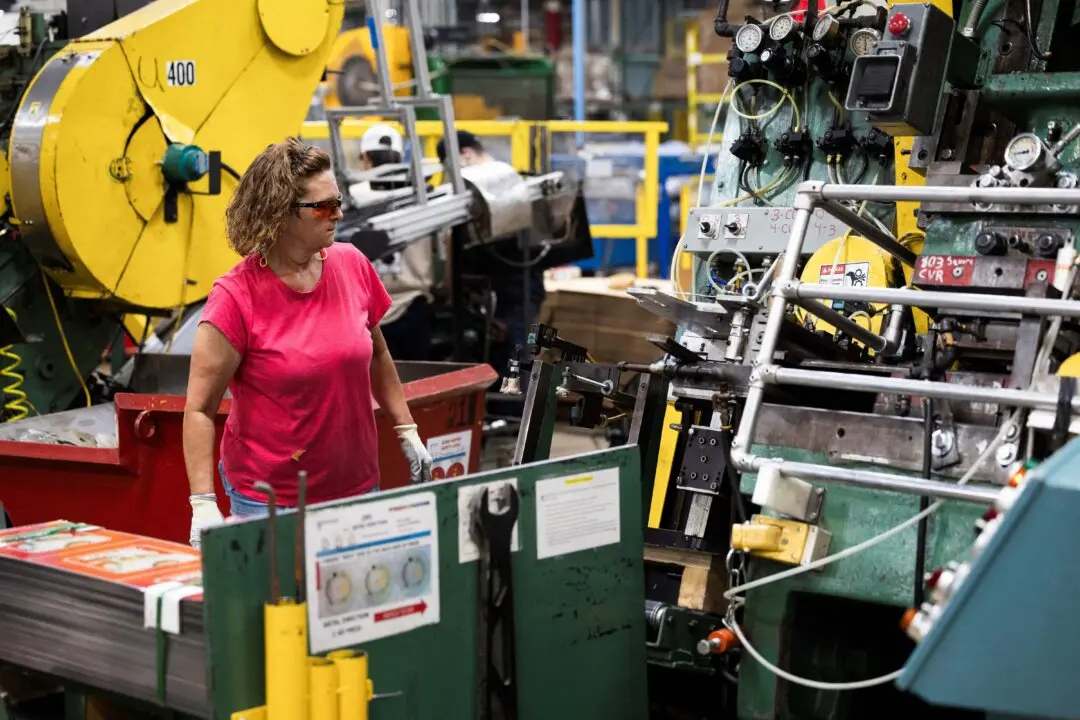A paper shortage is looming for the U.S. economy, according to a new report.
The global supply chain crisis is creating problems in the pulp and paper sector, one of the world’s largest industries. This could result in diminished supplies of toilet paper, product labeling, bank statements, and even election ballots.





